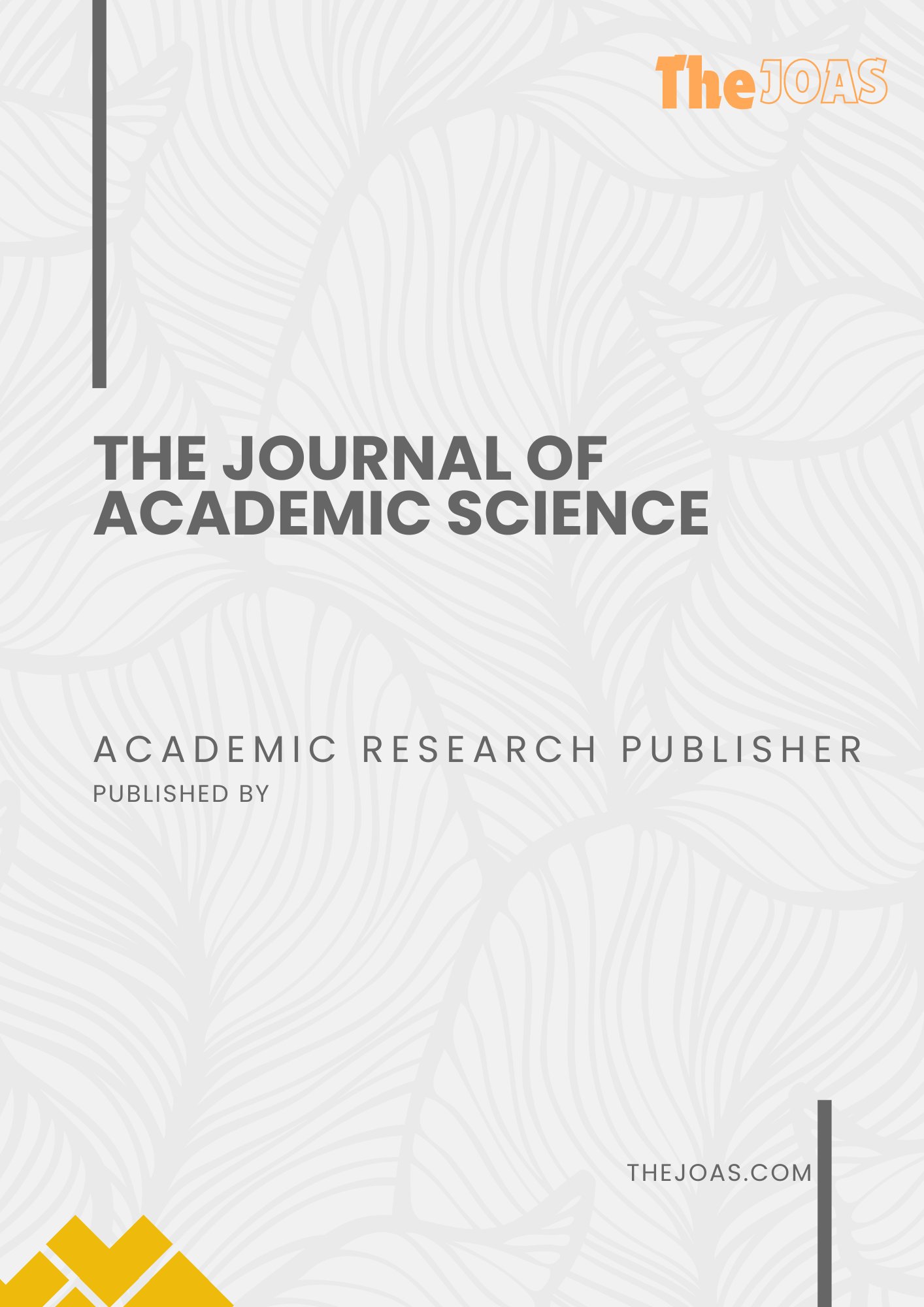Performance Comparison of Four Residential Waste Bank Units in Ciputat and East Ciputat Districts on Managing Inorganic Solid Waste for South Tangerang City Residents
DOI:
https://doi.org/10.59613/13sqjx30Keywords:
performance comparison, waste bank, waste generation, waste reduction, waste management, customerAbstract
In 2021, South Tangerang City generated approximately 800 tons of waste per day, with households contributing the largest share. Of this, 26.52% was inorganic waste composed of plastic, glass, paper, metal, and other materials. This study aims to compare the performance of four residential waste banks managing inorganic waste in Ciputat and East Ciputat Districts. The performance indicators examined include waste generation and services (Input); the cleanliness of customer households (Output); improvements in customer health and welfare (Outcome); customer savings (Benefit); and the utilization of savings alongside the waste reduction impact (Impact). Instruments used in this research include the SNI 19-3964-1994 standard for field data and a closed-ended questionnaire using the Guttman scale, aligned with Ministry of Environment Regulation No. 14 of 2021, targeting 90 respondents (15 administrators and 75 customers). Based on the Pairwise Comparison Chart, BSA and BSJ waste banks demonstrated the highest overall performance, each earning a score of 7.
Downloads
Published
Issue
Section
License
Copyright (c) 2025 Olivia Gracella Rospita, Djoko Mulyo Hartono, Irma Gusniani Danumihardja (Author)

This work is licensed under a Creative Commons Attribution 4.0 International License.





